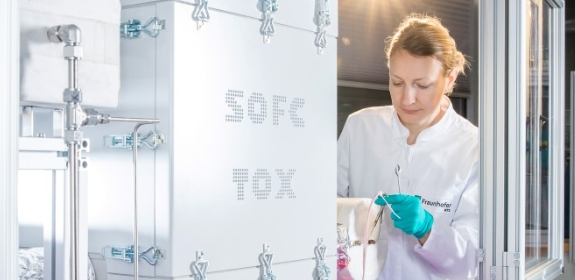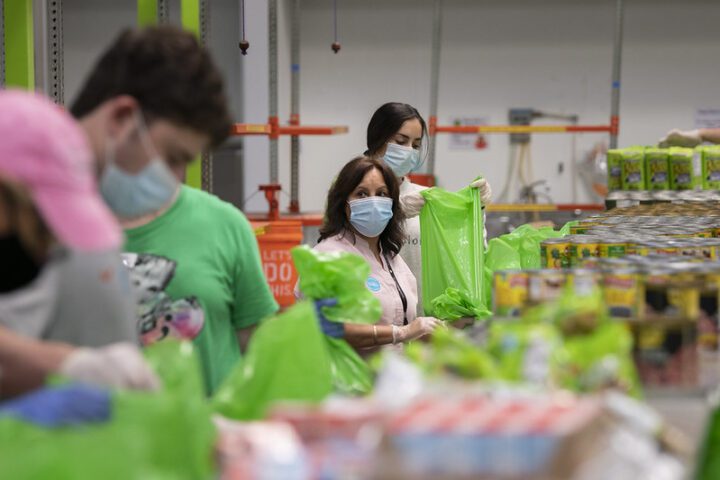It’s wisely said that health is wealth. Mental health is still more important for anyone’s growth. A groundbreaking review, published in Brain Medicine, has revealed how common air pollutants might significantly impact the risk of autism spectrum disorder (ASD). It was published on November 12, 2024. This review refers to the critical development periods.
The biological pathways through which pollutants like fine particulate matter (PM2.5) and nitrogen oxides affect brain development were identified by the study. The study was led by Professor Haitham Amal from the Hebrew University of Jerusalem.
Professor Haitham Amal explains, “Different kinds of neurological disorders, including ASD, can be associated with environmental factors. The timing of exposure appears critical, with heightened vulnerability during prenatal development and early childhood when critical neurodevelopmental processes occur.”
Several key pathways were identified by the study. They point out that air pollutants may influence development: nitrosative stress orchestrated by nitric oxide (NO), neuroinflammation and oxidative stress, disruption of neurotransmitter systems, epigenetic modifications, endocrine system interference, and metabolic pathway dysregulation.
The most important finding is that smaller particles, especially PM2.5, as well as NO products, can cross the placenta and affect fetal brain development. Significant questions about protective measures for pregnant women in highly polluted areas are raised by this study.
Professor Amal notes, “The research suggests that individuals with a genetic predisposition to ASD may be more vulnerable to the harmful effects of air pollution exposure.” He adds, “This interaction between genetic and environmental factors opens new avenues for understanding ASD’s complex etiology.”
Similar Posts
According to Professor Amal, his lab has shown that NO plays a major role in ASD development. This study emphasized the critical role of this molecule and its derivatives in the brain. The finding was first authored by PhD student Shashank Ojha, who highlighted promising directions for developing biomarkers, potentially enabling early identification of at-risk individuals.
These findings arrived at a crucial time, as the global prevalence reaches 1–1.5% of the population. The need for comprehensive studies examining combined effects of multiple pollutants, particularly during specific developmental windows, is emphasized by the research. In order to prove crucial for developing effective preventive strategies, interactions among experts in the field are necessary.
The study, entitled “Air Pollution: An Emerging Risk Factor for ASD,” is published on November 12, 2024, in Brain Medicine. Brain Medicine is a peer-reviewed journal published by Genomic Press, New York.
In short, a study led by Professor Haitham Amal from the Hebrew University of Jerusalem reveals air pollution emerging as a critical environmental risk factor for autism. The study reveals how common air pollutants, including fine particulate matter and nitrogen oxides, can trigger complex biological cascades affecting brain development. It’s a groundbreaking finding in the field of ASD research and its link to air pollution.

















